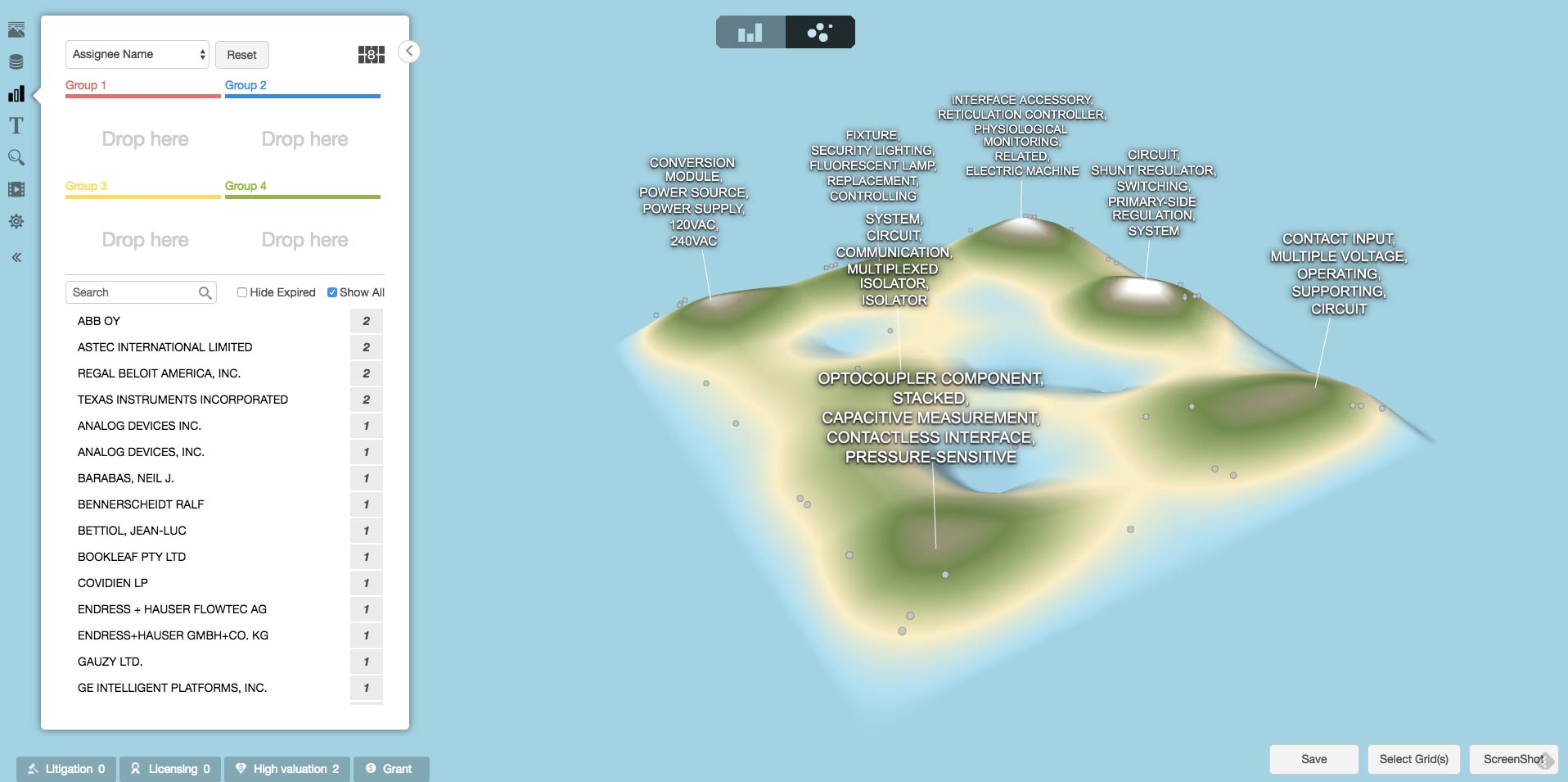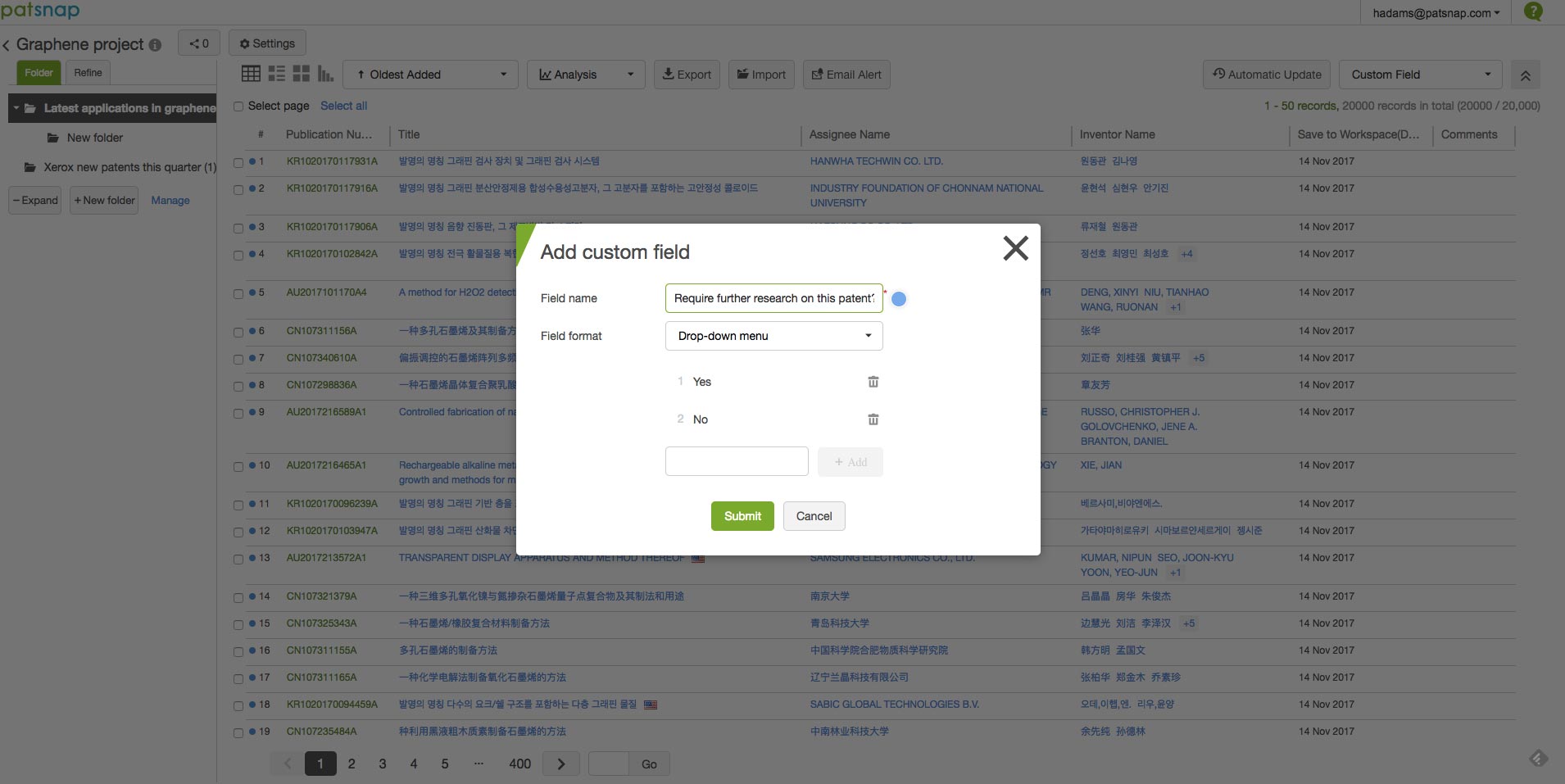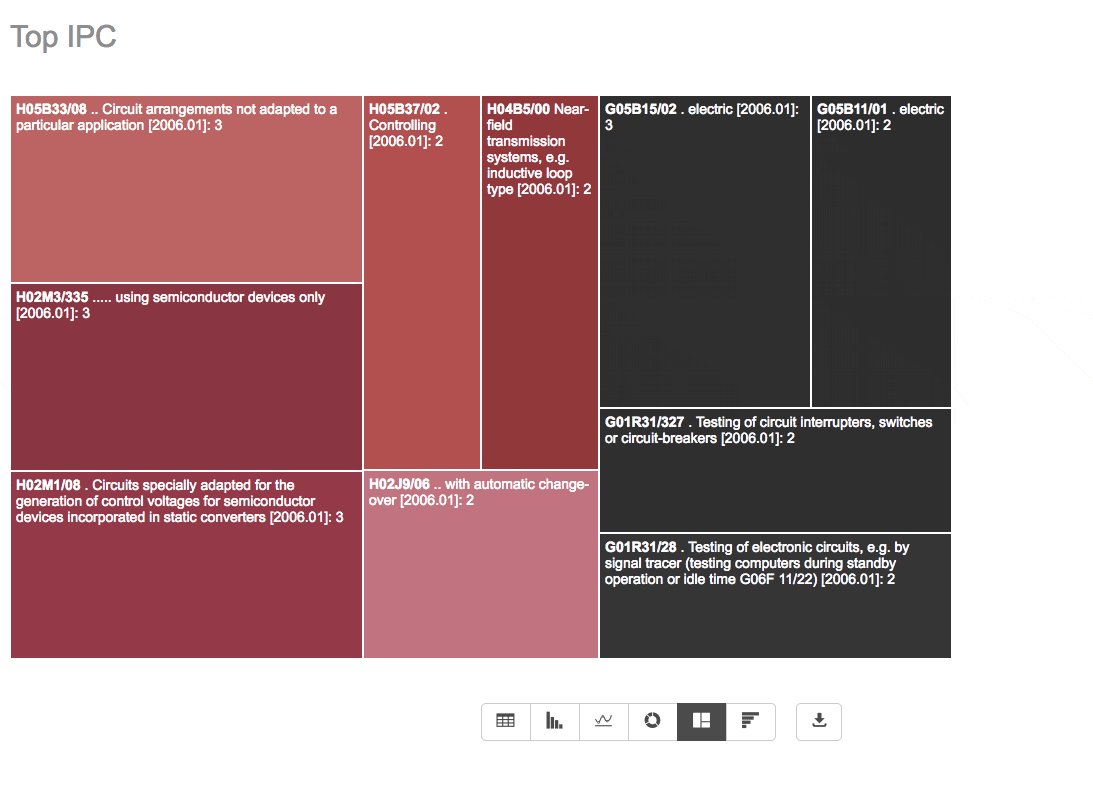3 Ways for Engineers to Avoid Willful Infringement
Could giving engineers access to patent search tools make a company liable for willful infringement? It’s a common concern among IP professionals.
Reduce the risks of willful infringement
One survey suggested concerns about willful infringement were highest for industry researchers in electronics andsoftware, of whom 37% reported having been instructed not to read patents.
These concerns are not without good basis. The Halo v Pulse Electronics ruling—where the rules for willful infringementand treble damages were changed—are reason enough. Previously, under the Seagate ruling, the patent holder had topresent clear and convincing evidence of an obvious infringement. However, with the Halo ruling, the patent ownerdoesn’t need to present clear and convincing evidence. Instead, those accused of infringement need to build a recordthat they didn’t act in bad faith—such as by getting an opinion from legal counsel.
Furthemore, the Halo opinion provides guidance by directing courts to focus on the state of mind of the infringer. Thecourts reemphasise that the judge (upon request by the patent owner), may increase the damages up to three times butonly in egregious cases where there is intentional infringement.
However, there are steps you can take to reduce the risks of willful infringement. During an interview with Jim Hinton,engineer and patent agent at Bereskin & Parr LLP, he shared strategies for avoiding willful infringement if you manage alarge engineering team:
- Understand the difference between a patentability search and freedom to operate (FTO) search
- Control communication about patents by acting early and using the right terminology
- Be proactive about infringements by having design-arounds
Understand the difference between a patentability and FTO search
Engineers may look at patents for two reasons. One is to do an FTO search, during which legal questions aboutinfringement may pop up. This is when the advice of your legal counsel can help reduce the risk of willful infringement.Another reason engineers might do patent searches is to assess patentability.
Many IP professionals worry that using patent search tools can make their business liable for treble damages becausethey don’t want the platforms to reveal search history and trail of evidence. However, even if IP professionals asktheir engineers to not search for patents, there is no way they can prevent their engineers from doing rogue patentsearches using free online tools. It’s better for engineers and IP professionals to use patent search tools that can becontrolled and monitored—such as PatSnap.
Jim explains, “PatSnap is more of a business and development tool for the technology people to identify what otherpeople are doing. You’re not looking at what other people are doing to assess whether you might be infringing them. Andyou’re not looking to assess whether you’re patentable in light of what they’ve disclosed, you’re looking to see wherethey think it’s worth getting patent protection. So, that market intelligence, that strategy, is even further away fromwillful infringement.
“Some of the outputs that you get from searches with landscape analysis for example, gives you a better argument to saythat you’re not really looking at individual patents to see whether you are infringing. You’re looking at theaggregation of data which can provide interesting information. Having an aggregation of a report for business decisionmakers and technology professionals to say ‘Hey, this is an area that is right for getting patents or developingtechnology,’ is certainly worthwhile.”
For example, your engineers may be looking at whether they can get a patent for their technology. You could uselandscape analysis to identify where your ideas sit, and then check whether any patents were rejected due topatentability. The image below shows a landscape of rejected patents in the “optocoupler” space. Rather than looking forinfringement risks, in this scenario you would be able to show that you are looking at patentability by analysingrejected patents.

Image: Patent landscape for optocoupler in PatSnap Rejected optocoupler patents in the US (Source: PatSnap platform)
Control communication about patents by acting early and using the right terminology
To prevent possible willful infringement, it’s important to use the right terminology in emails. Using the term“infringing” when you don’t mean to can land you in a tricky situation. Forbes warns that a ‘harmless’ and informalemail containing a puffed-up statement from a colleague or a private thought between friends at work could be used andmisinterpreted in a lawsuit. For example, Oracle tried to sue Google for willful infringement. One of Oracle’s key piecesof evidence was an email sent by a Google engineer that stated, “we need to negotiate a license for Java under the termswe need.” Google’s lawyers argued that the email didn’t mean what Oracle interpreted it to mean–that Google wasinfringing on Oracle’s patent.
According to Jim, “There are two schools of thought. Some people offload this kind of work to a third party and onlyhave a cursory conversation or phone call to try not to have any documentation. But if you’re searching for patents onyour computer and there is evidence you have found things, then you have some documentation.
“The problem is, non-legal experts will say, ‘Hey, this patent is a problem, I think we are infringing,’ when theyreally mean something else. They mean that we may not be able to get a patent for it. So, emails like this can be veryproblematic. It’s about having an educated team that understands what they’re doing with their patent searching, knowsthe right terminology and doesn’t put incorrect statements about infringement in an email.”
By controlling communication about patents, you can reduce the risks of willful infringement. For example, with PatSnap’sworkspaces, you can monitor any communication about a patent, which gives you power to foresee any potential risks. Youcan customise the workspaces, so rather than asking over an email whether you’re infringing, you can standardise thelanguage used by reviewers and regulate the patents people can view.
For example, the image below shows a custom field in workspaces. You can name the field and restrict the way a colleaguecan respond by choosing simple responses, such as “yes” and “no”.

Image: custom fields in PatSnap workspacesCustom fields in PatSnap Workspaces (Source: PatSnap platform)
Another way to control communication is to ensure that any noninfringement opinions are asked and solved earlier on. Ina dispute between Greatbatch and AVX, Greatbatch accused AVX of willful infringement. AVX obtained a noninfringement andinvalidity opinion before the litigation and they modified the designs of their product after the noninfringementopinion. The court found here that Greatbatch’s patent was valid and AVX were infringing, however, AVX’s conduct couldnot be considered willful because the opinion of noninfringement were established before the infringing conduct began.Although the opinions of invalidity and noninfringement were wrong, they were timely obtained and relied upon by AVX.
Be proactive about possible infringements by designing around themIf you’re doing FTO searches and think there is a possibility of infringement, it may be wise to design around thatdanger. According to an associate at Faegre Baker Daniels LLP, your ability to rebut arguments that you willfullyinfringed will strongly turn on your evidence of your design around efforts. Even if your design around efforts areunable to avoid infringement, if done properly, they can significantly reduce the risks that you will be liable fortreble damages.Planning early in the innovation cycle by having a look at your technology space is important if you want to spotpotential infringement. By changing a few components of your technology, you could reduce the risk of willfulinfringement. Jim explains, “If something becomes an issue, make sure you clear it up and you’re proactive about anypossible infringement. And if you are [infringing], there may be potential design-arounds that are going to be simpleand easy. To catch those early is a huge asset. Before the product shipping out the door, if you know that you caneasily design-around a potentially infringing patent by removing an element or removing a step, you can do very well andavoid infringement entirely.”
Reading patents can provide researchers with valuable technical information they can’t find elsewhere. By doing patentanalysis, you could identify other technologies in your industry that could be adapted for a design around.
For example, the image below shows the top IPC for optocoupler patents. You could identify which IPC your technologyfalls under, and then look at what other companies are doing to understand if there are any design-arounds.

Image: IPC chart for optocoupler on PatSnap Top IPC for optocoupler patents (Source: PatSnap platform)
About Jim Hinton
Jim is a lawyer, engineer, patent and trademark agent. He works with inventors to protect their intellectual propertyrights in wide range of technologies, including industrial designs, trade secrets, and patents for mechanical, software,high-tech, green tech, telecommunication and automotive inventions.
As an experienced engineer, Jim worked with an automotive/heavy truck parts manufacturer. He has also specialised inengineering design and project management in the fiberglass and fiber reinforced plastic manufacturing industry.
Find Jim Hinton on LinkedIn.
Website: Bereskin & Parr
Your recommended content
-

Patsnap Releases 2023 Global Innovation Report: The Brilliant Names to the Dynamic Landscape of Innovation
Category: Article | Category: eBook | Category: Research Tag | Category: Whitepaper
Wednesday, November 15, 2023
The Global Innovation 100 and Global Disruption 50 transcend individual entities, each representing a small innovation ecosystem with numerous subsidiaries. Through the innovation data of these companies, we gain insights into the characteristics, structures, and trends of global innovation.
-

Patsnap’s 2023 Disruption 50: A Closer Look at Tomorrow’s Innovators
Category: Article | Category: eBook | Category: Research Tag | Category: Whitepaper
Wednesday, November 15, 2023
Through active growth, the Global Disruption 50 have quickly established solid technology quality and profound technology influence that are comparable to that of the Global Innovation 100.
-

Impact of Patsnap’s 2023 Global Disruption 50
Category: Article | Category: eBook | Category: Whitepaper
Wednesday, November 15, 2023
The 2023 Global Disruption 50, 30% of which come from the Information Technology sector, are shifting the world’s innovation focus from a physical world of Atoms, to a digital world of Bits, and then a “world of Atoms empowered by Bits”.
